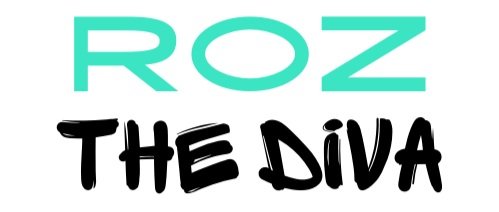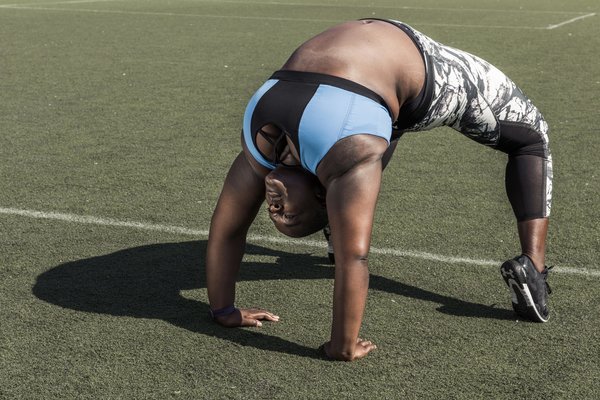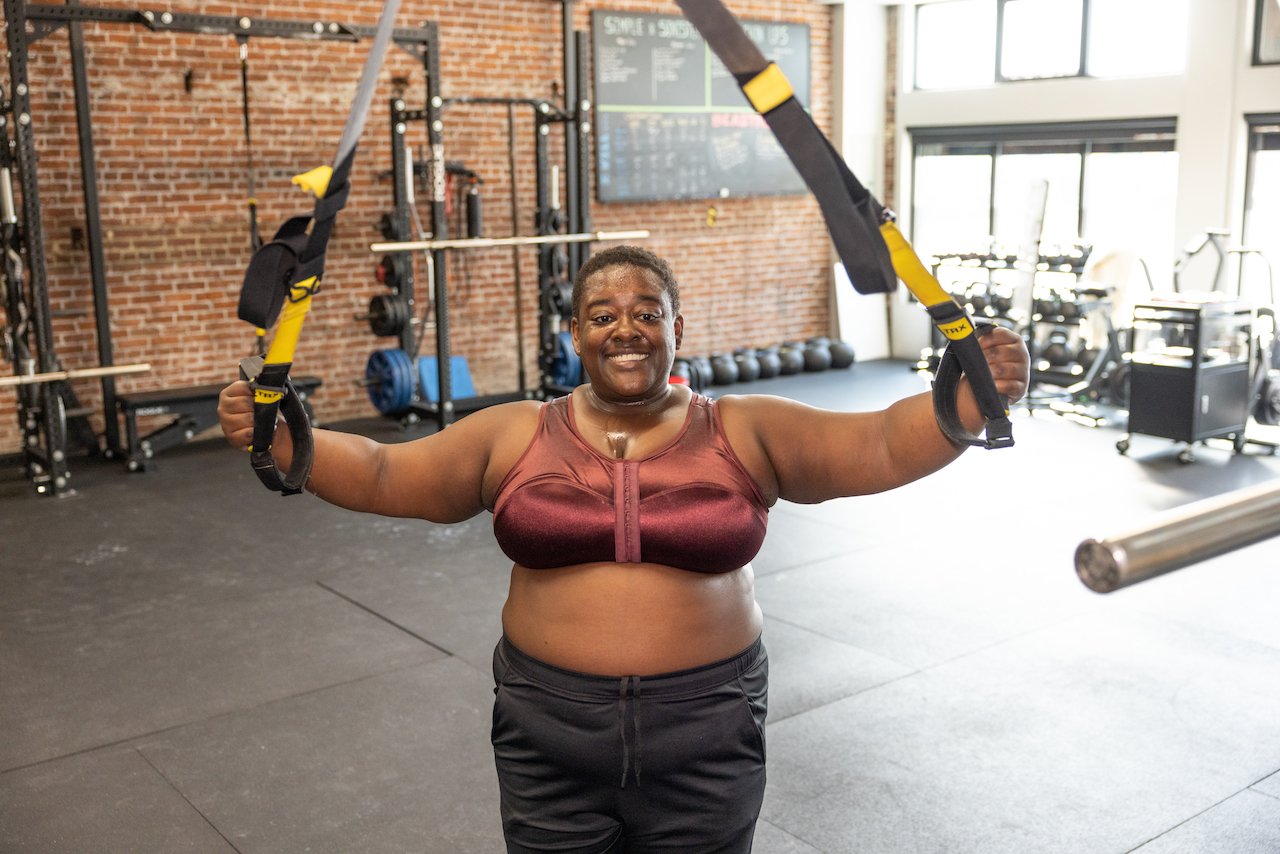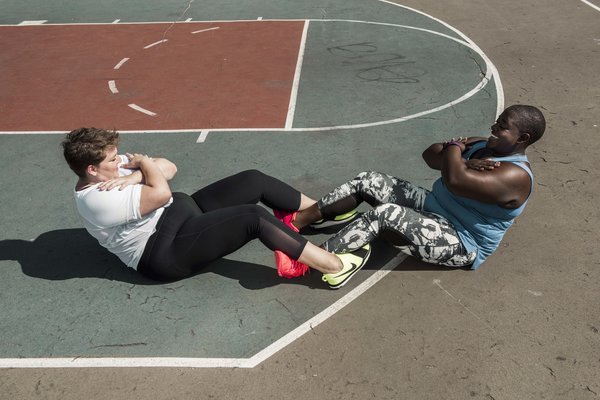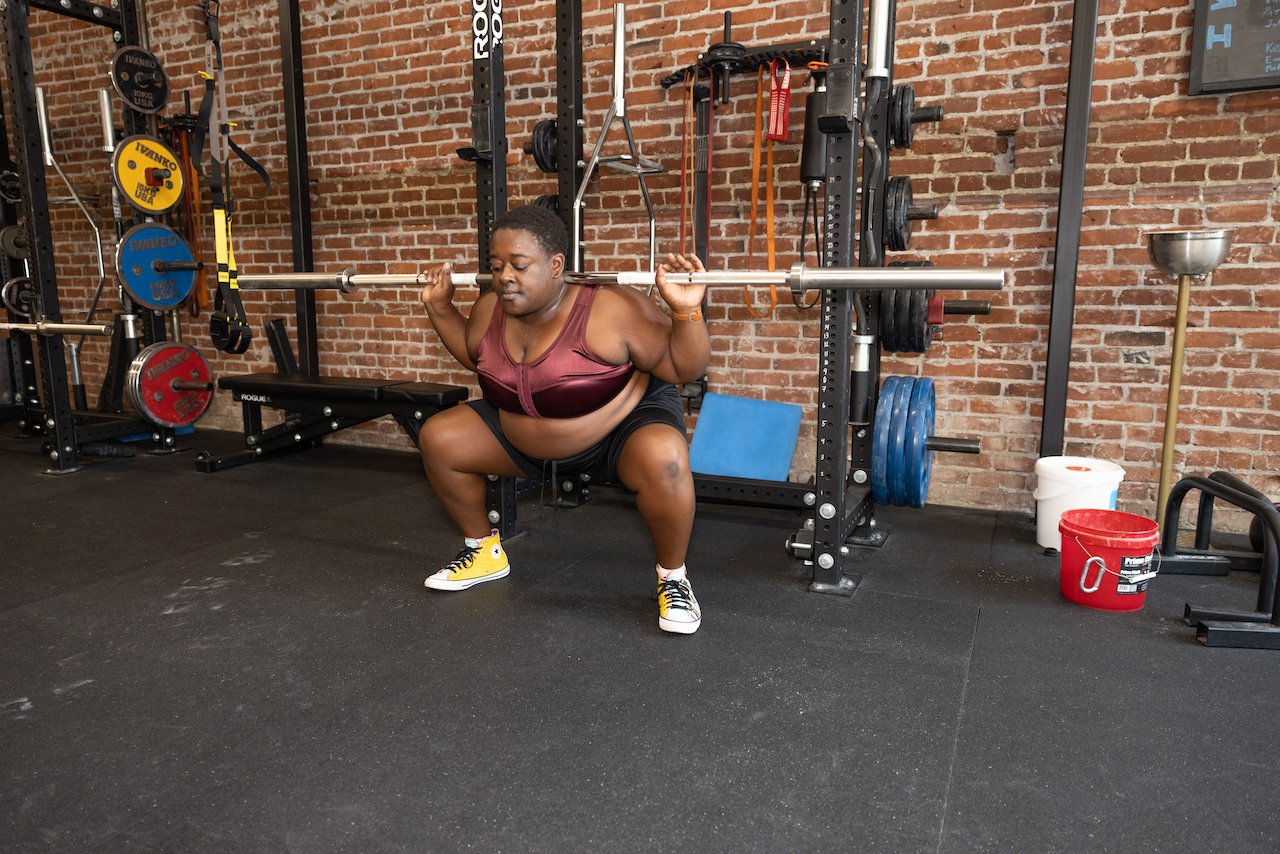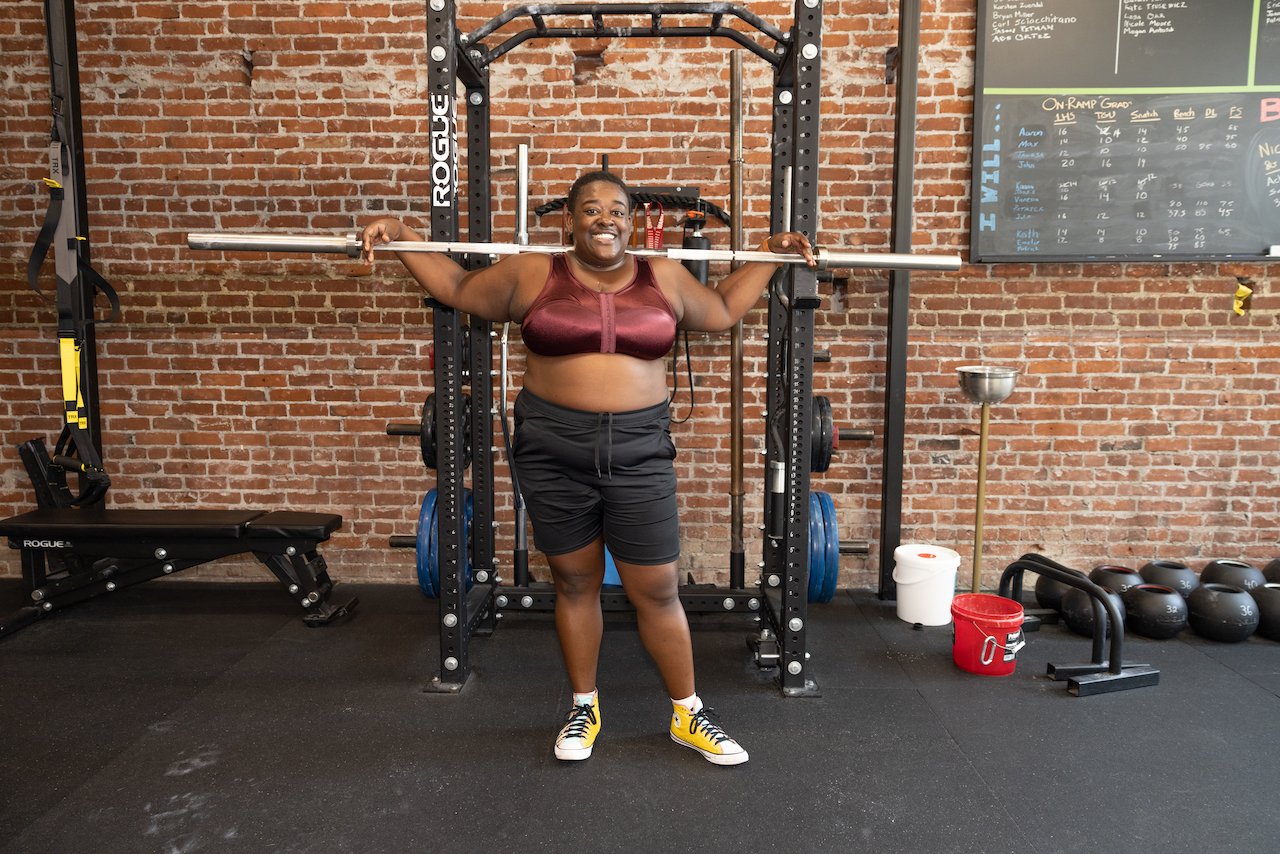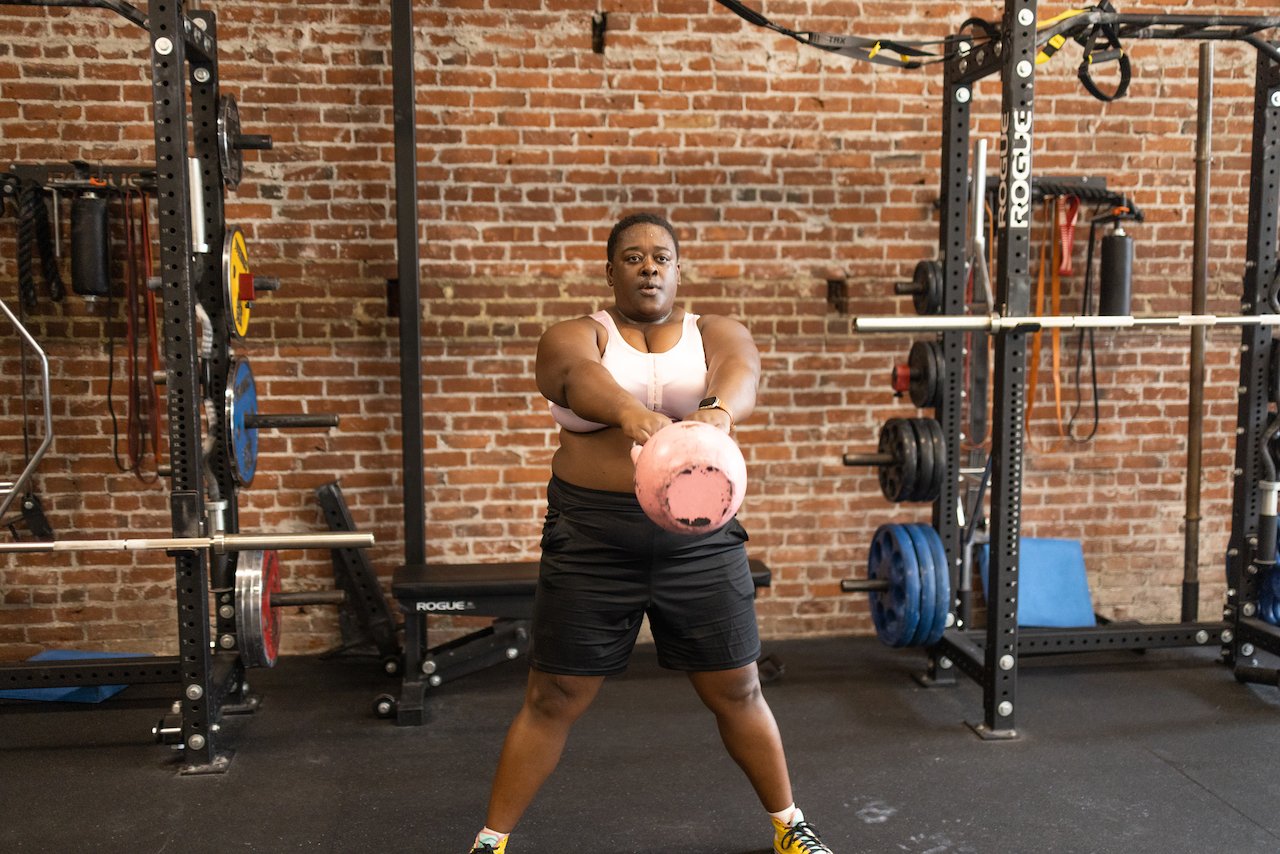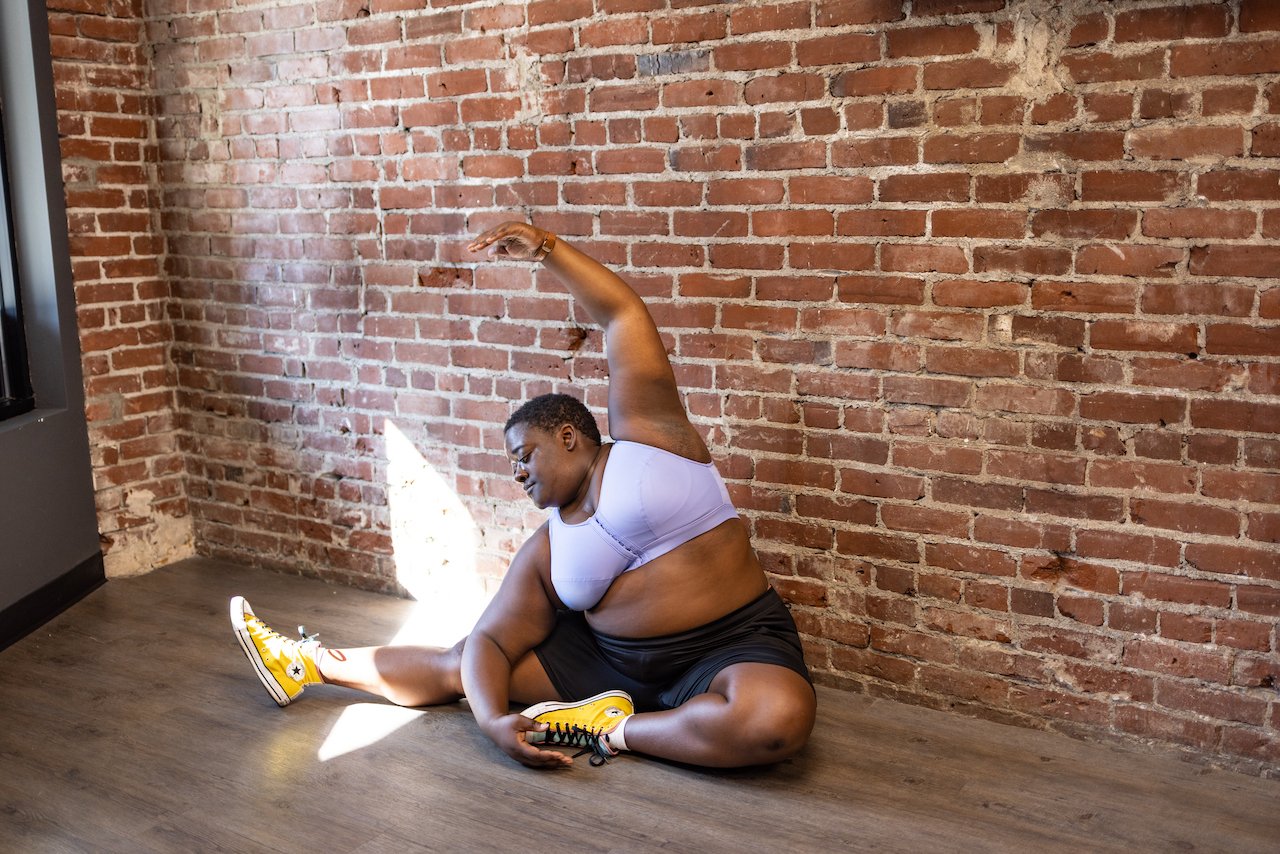Coaching Non-Traditional Athletes
Total Learning Time: 4-Hours
The fitness industry is great at catering to young, slender, able bodied men, while everyone else gets pushed to the sidelines. This workshop will shift the focus to non-traditional athletes and how to attract and coach these clients. In this context, non-traditional athletes include (but are not limited to):
Plus-Size Athletes
LGBTQIA+ Athletes
Athletes with Disabilities
Athletes working through fitness anxiety and body dysmorphia
PRE-REQUISITES
Basic understanding of anatomy, kinesiology or exercise science
For NASM, AFAA or ACE credit: current certification
Identify and address biases against nontraditional athletes
Diversify their client base through inclusive marketing practices
Feel more confident creating movement modifications for different bodies
Redefine standards of athletic success
This Course Helps Fit Pros To
If you have a physical body, you're an athlete. -Roz The Diva
If you have a physical body, you're an athlete. -Roz The Diva
Take a look inside the Course Curriculum:
-
Welcome (15-Minutes)
-Introductions
-Review course objectives
Lecture & Discussion (45-Minutes)
-Who is a Non-Traditional Athlete?
-Complete Workbook Section I
-Defining Non-Traditional Athletes
-What inclusivity truly means
-Unique challenges for these athletes
-
Lecture & Discussion (30-Minutes)
-Creating inclusive spaces online & in-studio
-Complete Workbook Section II
-Social Media & Marketing Materials
-Merchandise
-Instructor dDversity
-Equipment
Break (15-Minutes)
-
Lecture & Discussion (30-Minutes)
-Principles of Modifications
-Definition and purpose of a modification
-Removing the stigma of modifications
-Why people don’t want them
-Lead by example
-Alternative language
-Setting modification as the baseline for everyone
Deconstruct an exercise looking at:
*Purpose of exercise
*What muscles are used
*Enjoyability
*How an athlete might have trouble executing
-What elements are functional vs. cosmetic
Reconstruct a movement with the following considerations:
Redefine purpose
Focus on one or two functional movements at a time
Center the enjoyability
Alter the cosmetics: speed, height, resistance, posture, external support, range of motion
Small Group Exercise (60-Minutes)
-De/Reconstruct Breakout Groups
Complete Workbook Section III
In small groups, participants will work with each other to practice customizing as many of the following exercises as time allows: squats, push-ups, planks, pull-ups & rows, burpees, Turkish get ups, lunge with twist, mountain climbers
-
Discussion (30-Minutes)
-Wrap Up
-Complete Workbook Section IV
-Review major concepts
-How to put this info to use
-Final observations and questions
